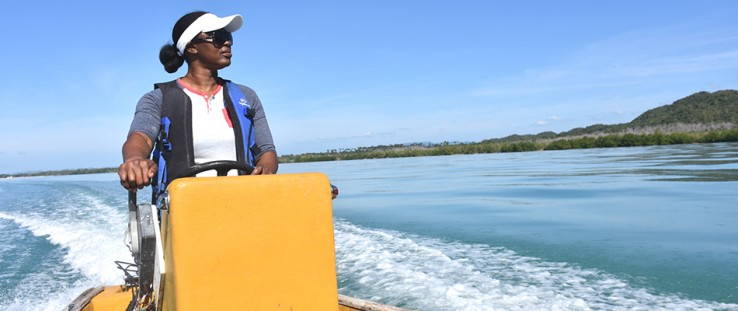 Game warden Venis Bryan patrols the Bluefields Bay Fish Sanctuary to protect marine wildlife.
Kimberley Weller, USAID
Game warden Venis Bryan patrols the Bluefields Bay Fish Sanctuary to protect marine wildlife.
Kimberley Weller, USAID
 Game warden Venis Bryan patrols the Bluefields Bay Fish Sanctuary to protect marine wildlife.
Kimberley Weller, USAID
Game warden Venis Bryan patrols the Bluefields Bay Fish Sanctuary to protect marine wildlife.
Kimberley Weller, USAID
Speeches Shim
It’s a scorching, sunny morning, and 46-year-old Venis Bryan is raring to go with her cap shielding her from the sun, her sunglasses firmly in place and her life vest strapped to her chest. Her co-captain, Cavin Lattibeaudiere, is right by her side. Both are ready to start their 12-hour shift. With beads of sweat trickling down her face, Bryan bends down to unravel the heavy rope from the dock, then jumps into her boat and sets sail to carry out her duties: to protect what she calls her babies.
Along the south coast of Jamaica in the quiet fishing community of Bluefields in Westmoreland parish sits the largest fish sanctuary in the country, covering more than 1,300 hectares (3,200 acres). Protecting this marine wildlife is Bryan’s passion as the game warden for the Bluefields Bay Fishermen’s Friendly Society. “A game warden is someone who works in a reserved area to patrol and protect the preservation of wildlife,” she explains.
“The sanctuary is what I consider a fish maternity ward; the fish come here to have their babies and it is my duty to protect them from harm,” Bryan says. “We go out and patrol, and look to see if anybody is fishing within the sanctuary. We look for boats or divers spearfishing and even fish traps that were set.”
Bluefields Bay is one of 17 official fish sanctuaries recognized by the Government of Jamaica. If caught fishing in these areas, violators’ equipment can be seized and they can be charged and prosecuted. These sanctuaries contribute to the country’s economy, with sustainable fisheries helping increase food security and alleviate poverty, and offering employment opportunities to people who live in the neighboring communities. Fishers are not only catching more fish since the sanctuary was established, increasing from around 5-8 pounds per trip to a high of 30 pounds, but the fish are of higher quality and larger size, thus fetching higher prices.
The sanctuaries are supported by the Caribbean Marine Biodiversity Program, a partnership between USAID, the Government of Jamaica, The Nature Conservancy and other local and international organizations. The program, established in 2014 to protect and conserve marine and coastal biodiversity in key areas across the Caribbean, has three main goals: achieve sustained biodiversity conservation, maintain critical ecosystems and realize tangible improvements in well-being for communities adjacent to marine-managed areas. The program works in four other Caribbean countries, and also aims to promote ecotourism and strengthen the knowledge and resources of local fisher cooperatives.
“USAID is proud to support marine and coastal conservation throughout Jamaica. We work closely with coastal communities to promote sustainable fishing practices, alternative economic opportunities and stronger protections and enforcement of fish sanctuaries to reduce fishing pressures,” says Benjamin Schapiro, a USAID regional environment officer.
Anna-Cherice Ebanks-Chin, Jamaica’s seascape coordinator for The Nature Conservancy, highlights the economic opportunity the program provides. “Successful sanctuaries allow fisherfolk the opportunity to feed their families and make a living; provide increased opportunities for women; and create alternative livelihoods such as ecotourism, which would have a multiplier effect in the community and may give rise to the development of other supportive businesses such as diving/snorkeling, and boat tours,” she said.
Approximately 250 registered fishermen frequent the bay, selling the fish to local vendors, hoteliers and restaurants in neighboring communities.
Swimming Upstream
Venis Bryan has been a game warden for six years, and is the only female among a male-dominated profession working Bluefields.
This single mother of three children says her job is fulfilling, but that it has had its fair share of trials. When she first started, Bryan received a lot of resistance from the men who would fish in the sanctuary. “Of course with change there comes some teething pain, and many fishermen said we were taking away their livelihood,” she said. “I even received death threats and threats to burning my house.” Nevertheless, she remained undeterred.
There are fewer than 10 game wardens like Bryan protecting wildlife in Bluefields Bay, but their job is an important one. One of the key responsibilities of a warden is to sensitize and educate the fishing community about the importance of not fishing in the protected area and the long-term benefits for both the wildlife and the fishermen’s livelihood.
Since the establishment of the sanctuary in 2009, illegal fishing there is down to 10 percent from a high of 80 percent. At the beginning, most fishers and boats were not licensed, but with more enforcement in the area and increased understanding of the sanctuary, illegal fishing gradually decreased. Coral reefs that were nearly destroyed with dynamite are now being restored; fish that were considered extinct in the Bluefields area are now returning; and healthier wildlife, including birds and sea turtles, are thriving—all a result of community members working together to protect the sanctuary.
Schapiro applauds this success. “As the Bluefields Bay becomes a larger tourist attraction, USAID and partners are working to ensure that measures are in place to protect its rich natural and cultural environment. By working closely with community members like Venis Bryan, USAID is able to make a difference not only across entire fish sanctuaries, but also in the lives of individual beneficiaries.”
For Bryan, the progress has been tangible. “In the past we seized so many fishing nets, but over the years there has been a huge reduction. And some fishermen have said that they are now seeing fish and wildlife that they have not seen in years now returning.
“They were the ones that used to curse us for taking away their livelihood, but they are the same ones who would thank us for what we are doing because they are now catching healthier and bigger fish!”
She is committed to keeping the marine wildlife safe and seeing the sanctuary continue to succeed so everyone can enjoy the beauty of the Bluefields Bay: “Getting the Bay to ultimately become a tourist destination is our goal—where we have so many fish in the sanctuary that it becomes a spectacle to showcase for others.”



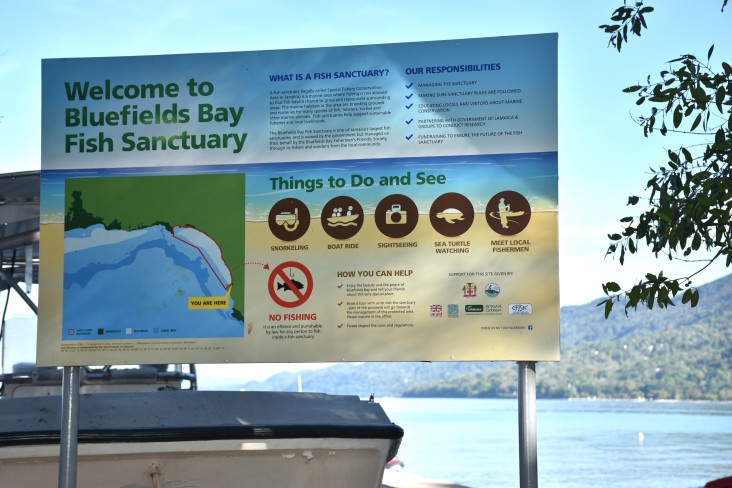
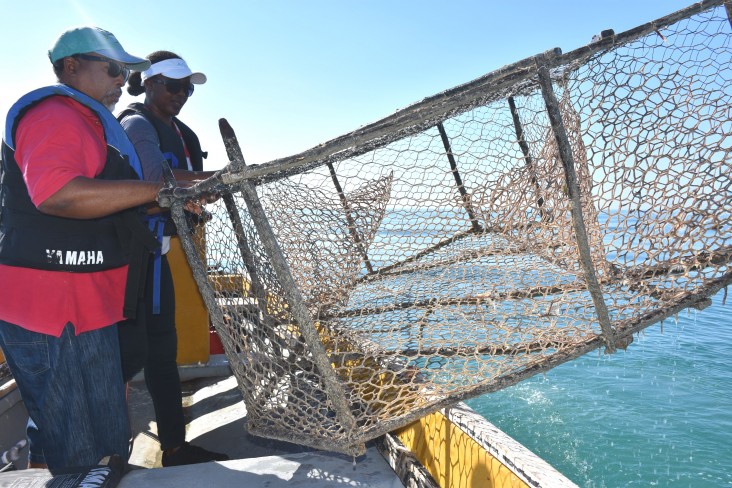
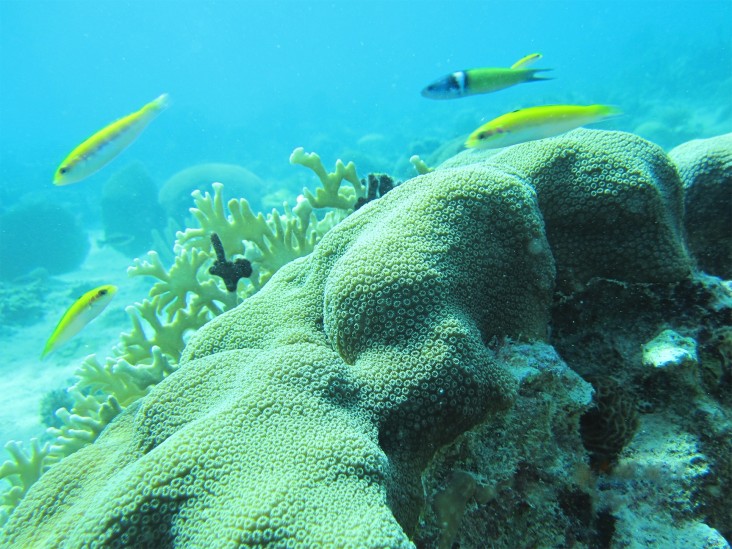
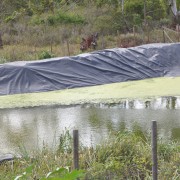
Comment
Make a general inquiry or suggest an improvement.